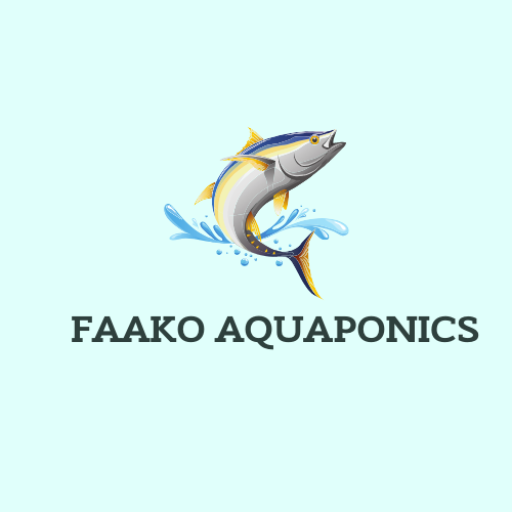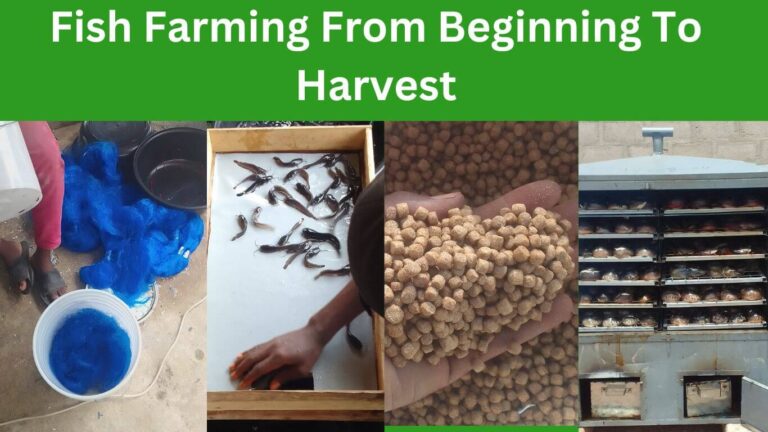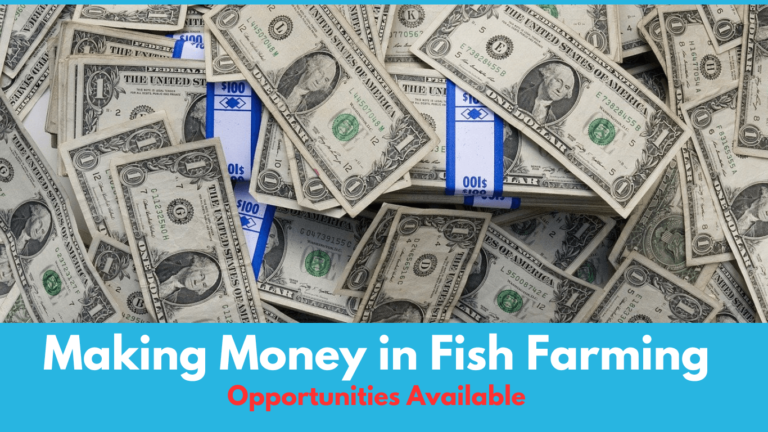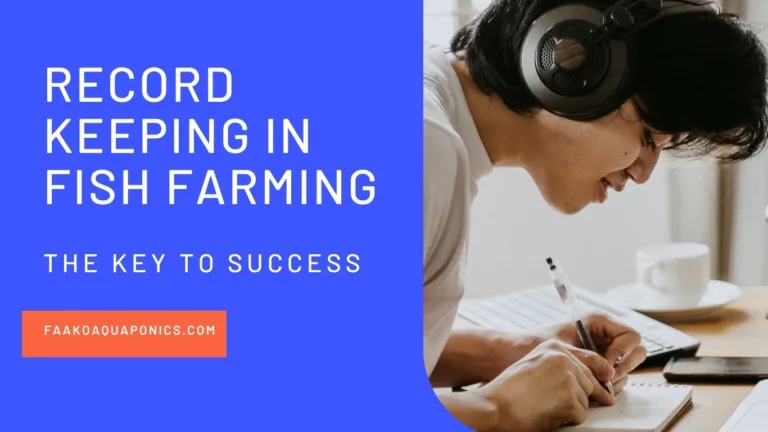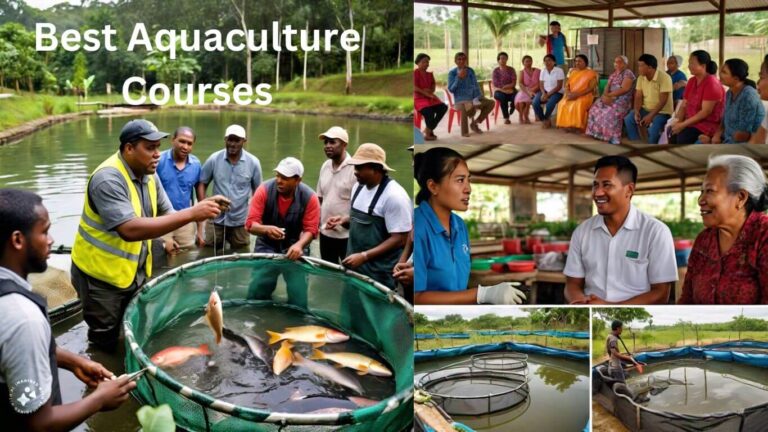Fish farming from beginning to harvest and in between is an answer I provided on Quora. I came across the question “How can you explain fishing, harvesting, processing, distribution, and retail finally in the fishing industry?” on Quora. I answered the question and thought to myself that I needed to publish a similar post for my cherished audience. So let’s stay to the end. It gives a brief overview of fish farming in general with references to further readings.
What is Fish Farming
I’m going to focus my discussion on fish farming, and I’m pretty sure that is exactly what you want.
Fish farming is the process of raising fish in a controlled environment, either for commercial purposes or as a hobby.
Plan Your Fish Farm and Budget
First and foremost, you need to plan your fish farm. Planning involves defining the purpose of your fish farming. After determining the purpose of the farm, prepare your budget. To give you tips on planning and preparing your budget, decide on the type of fish farming method you want to use. The popular one is the pond type. For the pond, we have several types including tarpaulin, concrete, earthen, plastic, and glass. Your choice of pond should be guided by your budget since the cost of them varies.
Source of Water For Your Fish Farm
Now, decide your source of water for fish. Water is life when it comes to fish. The quality of your water is paramount to your fish because water with less quality and heavy chemicals can kill all your fish.
The best sources of water for fish farming include underground water such as boreholes and wells. Dams, lakes, and rivers are also good sources of water. The source you should avoid is Metropolitan Water Supply.
Source of Fingerlings
After establishing your fish pond, decide how you want to get your fingerlings. Will you buy fingerlings from an already established market, or will you hatch them yourself? I recommend buying as a beginner since hatching is a technical issue and requires experience and expertise.
Determine the type of fish you intend to rear. We have several farmable fish including catfish, tilapia, koi, and a lot more. Even when you select your type of fish, then get the right species. The fish also have a variety of species. Your choice of fish species should be influenced by factors such as the purpose of fish farming. Either as a commercial farmer or hobbyist. Other factors include climate and weather conditions of the farm location, and market structure.

Fish Feed
After determining your source of fingerlings, get your fish feed as well. You need to get your feed even before the fingerlings arrive since they start eating upon arrival. The popular fish feed used by commercial fish farmers is pelleted floating feed, though there are several other types of fish feed.
Note that, the growth of your fish, apart from good water quality is determined by your feed and method of feeding. Make sure you get a nutritious fish feed. You can either buy a commercial fish feed or make your own feed but buying as a beginner will help you tremendously. A bad feed can ruin your entire fish farming career.
Also, make sure you always feed them at the right time. Not when the weather is too hot or too cold. Always morning and evening if you intend to feed twice a day for fingerling. You can also choose 3 times daily, thus morning, afternoon, and evening. But when they reach 4+ months, you may feed them once daily.
Use the responsive feeding method to always feed your fish. The responsive method is throwing the feed in the pond at a time and observing how the fish react to it. That way, when they are not eating, you know, and when they are eating you know again. You are able to tell when they are satisfied.
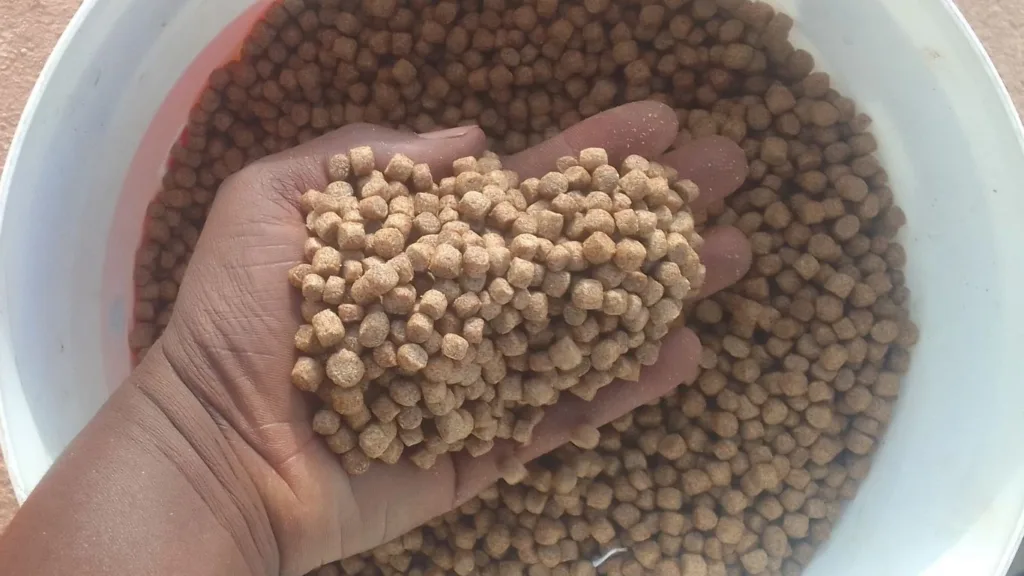
Filing Fish Ponds
Then, fill your fish pond and introduce your fingerlings into the fish pond. When you are feeling the pond, make sure you don’t fill the pond till it reaches the edges otherwise fish can swim out of the water.
Always maintain quality water by using modern equipment such as Recirculating Aquaculture Systems (RAS), aeration systems, and automated feeders.
Continue to take care of the fingerlings by keeping proper pond management. Always feed them morning and evening with the responsive feeding method until they reach 4+ months when you can then feed them once a day.
Depending on how big you want them to grow, from 3 months onwards you can harvest them. However, often keeping catfish to 1kg takes about 5–6 months, while tilapia takes about 7–9 months.
Sorting of Fish In Fish Farming
During the rearing period, you can do what we call sorting of fish. Fish sorting is the process of separating and grouping fish according to sizes, color, and other features. This process ensures equal growth and reduces cannibalism.
It also allows you to get fish of the same size for marketing purposes. Depending on how often you want to sort your fish, I recommend every month.
Harvesting Your Fish
When your fish reach the size you want them, it is now time to harvest. To harvest, drain the water in the pond. If you want to harvest completely, then you can drain the water completely, but if not, drain and leave some water, making sure you can easily see and pick the target fish with the scooping net or whichever net you are using.
Marketing of Your Fish
After harvesting, you either add value to them like smoking, or you just sell them raw. If you intend to sell them raw, it means you have to get your market ready beforehand since they are perishable.
One of the common ways of getting a market for your fish is using social media marketing strategies.
Recommendations
The topic is a lengthy one and cannot be completely covered in a single post. That is why I have added links as references to the key issues I mentioned for further reading.
Also, I recommend you get a good fish farming course of training to acquire the technical skills. This will take your fish farming journey to the apex. Check out the 15 Best Aquaculture Courses I recommended and pick one of them.
Thank you. You may leave me a comment if you find this useful. You can also ask questions.
